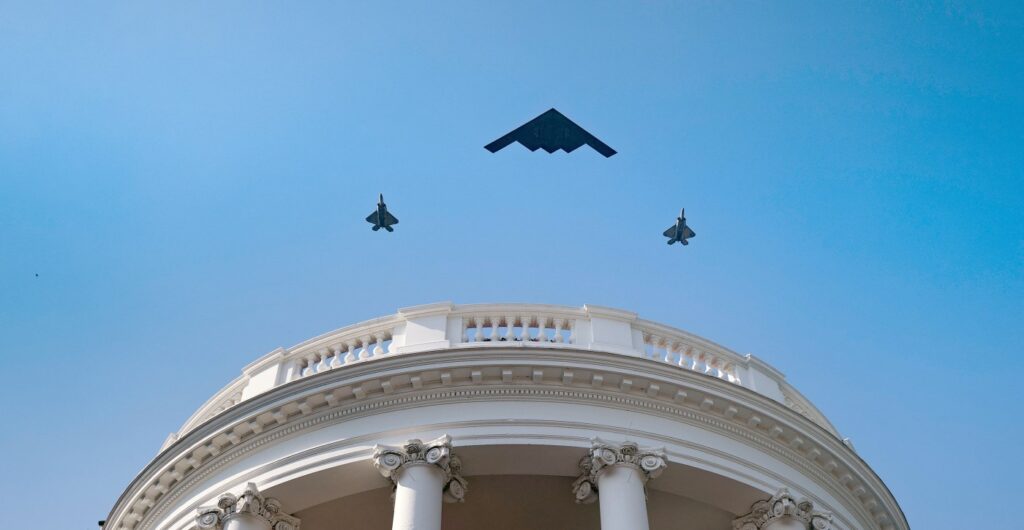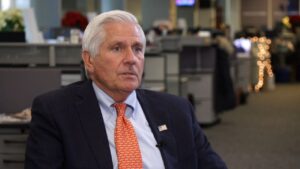
The Pentagon’s budget received a substantial boost of $150 billion with the recent budget bill passed by Congress and signed into law on July 4, 2023. This increase will elevate next year’s proposed military budget to over $1 trillion, primarily benefiting weapons manufacturers. A report from the Quincy Institute and the Costs of War Project at Brown University reveals that between 2020 and 2024, over 54% of the Pentagon’s budget is allocated to private contractors, a significant rise from 41% during the post-Cold War era of the 1990s.
While this surge in spending aims to enhance national defense, critics argue that it may not necessarily lead to greater safety. Instead, it could result in profits for military contractors while maintaining a status quo of overpriced and underperforming weapons systems. This trend also exacerbates an arms race, particularly with China, challenging the notion that increased expenditure equates to increased security.
The current budget underscores a growing divide in military spending priorities. While weapons manufacturers stand to benefit significantly, the welfare of military personnel and veterans is at risk. The Trump administration is pushing for cuts in personnel, facilities, and research at the Veterans Affairs department. This comes at a time when many military families rely on food assistance, a program that has faced a 20% reduction in its budget.
A substantial portion of the new funding is earmarked for ambitious projects, including the long-sought Golden Dome missile defense system, a goal that has eluded success for over 40 years. Additionally, funding for the new F-47 combat aircraft and the military shipbuilding industry is set to increase significantly.
The Evolving Landscape of Military Contracts
The Pentagon’s budget allocations are complicated by the presence of two competing factions within the arms industry. The traditional Big Five—comprised of Lockheed Martin, RTX (formerly Raytheon), Boeing, General Dynamics, and Northrop Grumman)—continue to dominate spending. However, emerging military technology firms, such as SpaceX and Palantir, are gaining influence, backed by advocates like Vice President JD Vance.
Despite the promises of revolutionary advancements through artificial intelligence and other technologies, skepticism remains regarding their effectiveness in actual combat situations. Historical patterns indicate that high-tech solutions alone do not guarantee success in military engagements. Instead, a well-trained, well-compensated, and motivated military personnel base is essential for effective defense.
To enhance national security, a shift in strategy is needed. This involves reallocating funds from the contractor-heavy Pentagon budget towards supporting troops who engage directly in military operations. A more realistic approach prioritizes diplomacy and cooperation with allies, reducing reliance on military intervention.
Rethinking Military Spending and Strategy
Addressing the influence of corporate interests on military policy is crucial. This requires implementing measures to limit the revolving door between government and industry while incorporating independent voices into budget discussions. Military contractors should not exert undue influence over defense spending decisions, as this undermines the integrity of national defense strategies.
A comprehensive assessment of military spending is necessary to ensure that appropriations align with genuine security needs rather than corporate profits. It is imperative to adopt a balanced approach, prioritizing strategic considerations that emphasize diplomacy over conflict and ensuring the well-being of those tasked with safeguarding the nation.
William D. Hartung, a senior research fellow at the Quincy Institute for Responsible Statecraft, co-authored the report “Profits of War: Top Beneficiaries of Pentagon Spending, 2020 to 2024.” His insights shed light on the complex relationship between military spending and national security, advocating for a shift that better serves both military personnel and the broader objectives of safety and stability.







